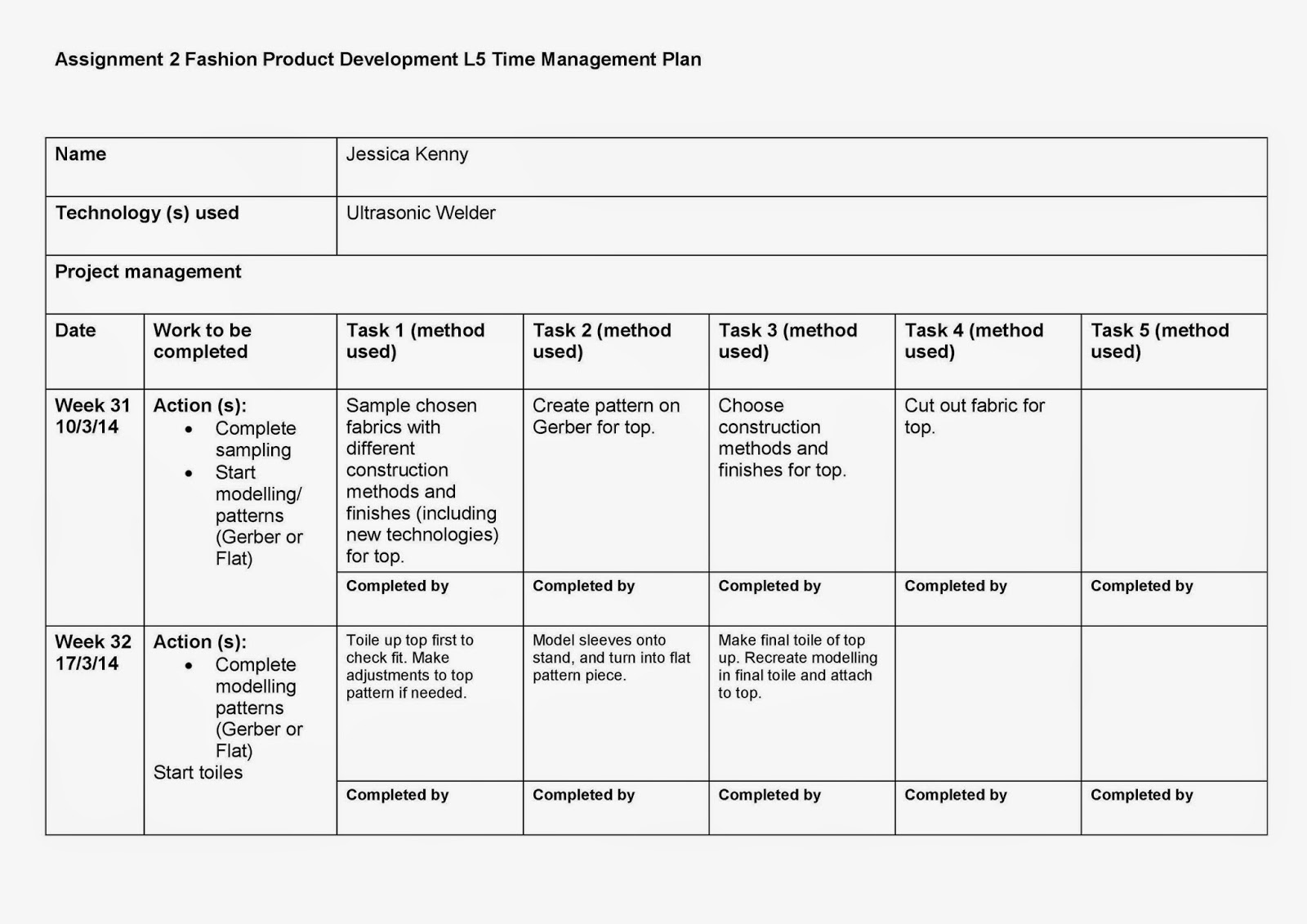Design Exploration Assignment 2
Fashion demands a constant
updating of ideas and styles. Innovation or newness therefore can be a
desirable commodity and can be created in a variety of ways including the use
of: new fabrics, new manufacturing technologies, new design technologies, new
design ideas or concepts and new information from consumer research. As
students studying fashion design and technology, can you generate creative
ideas to drive innovation and create a better world for the future?
In an age where more pressure
than ever is being placed on men and women to conform to the ideal fashion stereotype,
you are asked to consider how to break through the established idea of beauty. How
we perceive our bodies has a massive impact on our confidence and self-esteem.
The way we dress and adorn our bodies can also greatly influence how positively
or negatively we feel about ourselves. Clothing can also be used to change,
enhance or flatter our bodies and express the personality of an individual. How
can you use advances in design, fashion product development and technical innovation
to create garments that make your consumers feel good.
My recent design project has been to investigate society's ideal beauty; what society consider to be beautiful and regards as 'ugly'. Instead of going down the popular route of looking at petite faces, big lips and long lean bodies; I have been looking into society considering nudity and sexual content as beauty. Yes, nudity is natural and sex is an everyday thing but why do those subjects need to be seen in every magazine cover, billboard advertisement or on the streets. I want to investigate into fashion and how its slowly turning into pornography. Can fashion still be sexy and suggestive with some flavour, without showing such intimate parts of the body?




















































